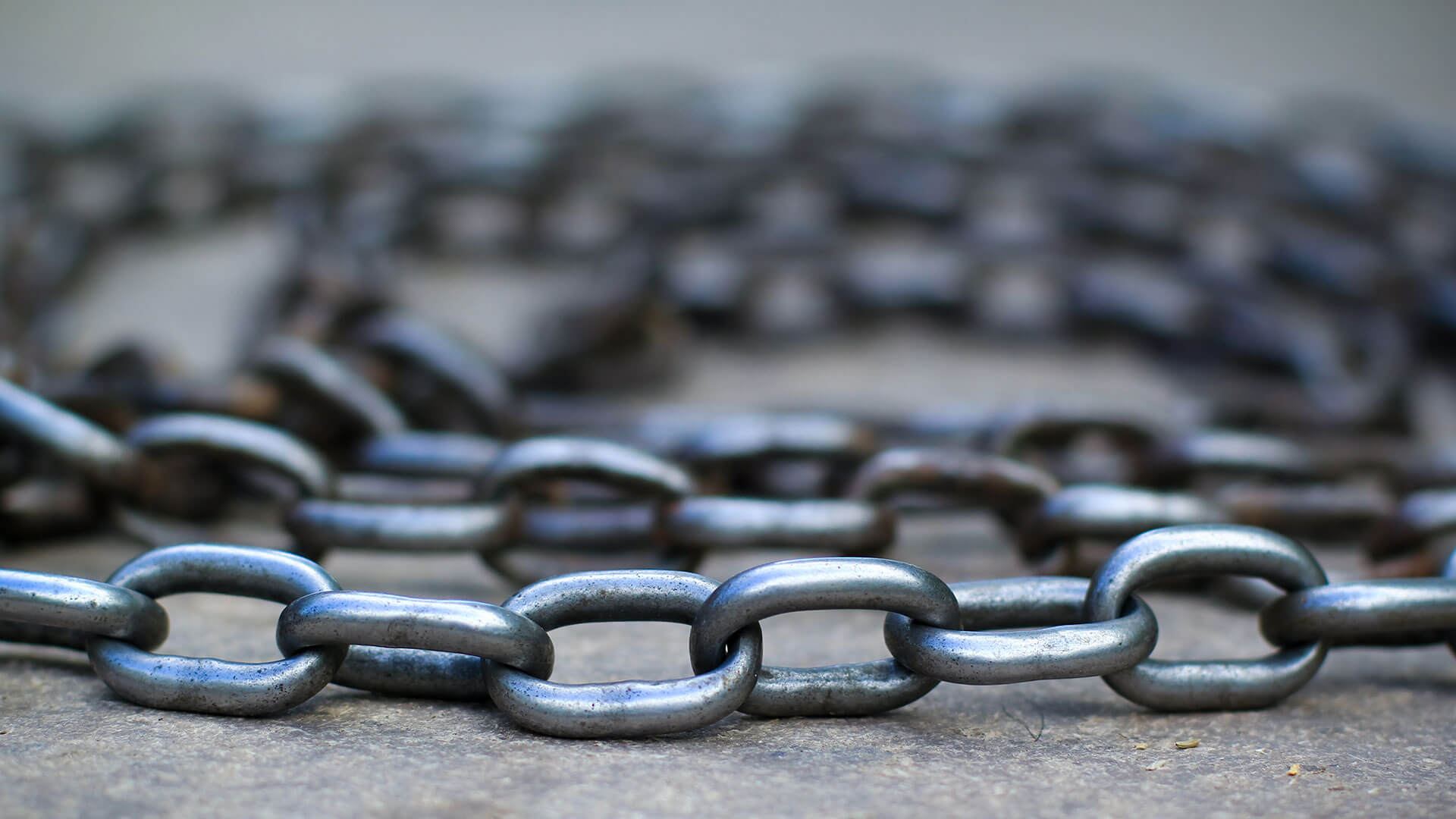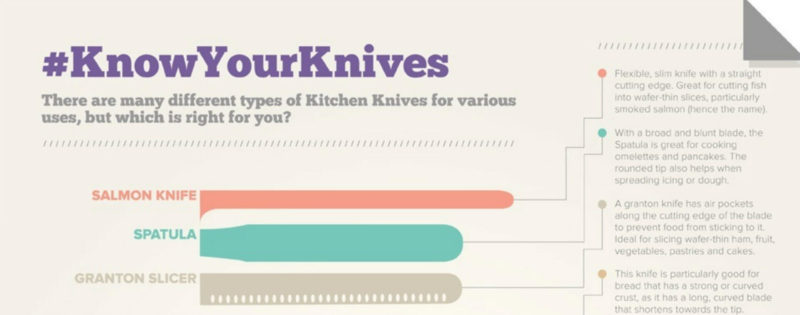4 e-commerce link building tactics that still work in 2016
Link building for e-commerce sites can be a challenge, but it isn't impossible. Columnist Christian Sculthorp shares tactics that you can use to acquire inbound links to your online store.
With PPC prices increasing and Facebook becoming more competitive, organic search traffic can make or break an e-commerce site. However, in order to get that sweet, sweet traffic, you need to build links. Do all the on-site SEO and write all of the content you want, but there’s little chance of ranking without building links.
But where do I start? you ask. Who would possibly want to link to my specialty dog clothes shop?
Do not fear! With a little bit of work, you can build links to any e-commerce shop — I promise. After building links to a number of my own e-commerce stores, I’ve whittled down four of my go-to tactics (plus a bonus tactic!) to make your life easier. Without further ado …
1. Ask. Just ask!
Think of any relationships you may have that you can leverage for links. The easiest one for e-commerce shops is to ask the manufacturers of the products you sell. You’re one of their key distribution channels, and they want to keep you happy.
Check out this “where to buy” page from Plantronics:
All it takes is a simple email or phone call, and you can land valuable links.
Don’t limit yourself to manufacturers, though. Be creative. Check out the websites of any software providers you use. Do they have testimonial pages linking out to customers? How about any professional services you use? Maybe your accountant or lawyer has a spot on their site for clients.
2. Find complementary products
Think about the products on your e-commerce shop. What other companies are selling items that complement or enhance yours? I’d be surprised if you can’t think of at least a couple.
Reach out to the manufacturers of these products to see if you can work together. There are a number of ways you can leverage these relationships. It can be as simple as linking from each other’s product pages for the backlink and to drive revenue. Or you can exchange posts on each other’s blogs to amplify your reach through each other’s email list and social network.
See how Detour Coffee Roasters wrote about brewing the perfect pour over coffee with the Hario V60.
The article is mutually beneficial for both Detour and Hario: Detour demonstrates the best way to use their beans, and Hario gets exposure through the Detour blog.
3. Infographics (They still work!)
Yeah, I know what you’re thinking: Infographics are SO 2013. Why are you even bringing them up?
Well, I’m a firm believer that infographics still work better than ever — especially with e-commerce sites. The reason I say so is that you can leverage them as both useful educational pieces and linkable assets. Education plays a big part in the battle of reducing user anxiety and increasing conversion rates.
A fantastic example of this is MillysStore’s Know Your Knife infographic.
This infographic serves two purposes:
- It helps customers decide on the the right knife (or knives) for them. It can be overwhelming to shop for something when there are so many products to choose from.
- It’s a fantastic linkable asset. According to Majestic, this infographic has 63 external backlinks pointing towards it. This infographic is a great fit for any kitchen or cooking blog.
4. Product page contests
Building links to internal pages of e-commerce shops is a tough task. They’re generally pretty basic and don’t give other websites much of a reason to link to them. So why don’t we give them one?
Run a contest on your actual product page instead of creating a separate contest page — it just makes sense. You can then build links to your valuable product page instead of sending them elsewhere. It can be done easily through a tool like Rafflecopter.
Once the contest is set up on your product page, submit the page to a number of contest directories like Contest Girl and give bloggers a reason to write about your contest. The more unique and interesting your contest, the more links you’ll drive to your product page.
Bonus: internal linking or bust
Most of these link-building tactics will build links to your home page; it’s unavoidable. That means that the majority of your link equity will be stuck there as well. Problem is, many of your high-value keywords are situated under category and product pages. Without links, these pages will have a tough time ranking.
To overcome this, make sure you leverage internal linking to your important keywords. Include your valuable product and category pages as “featured” on the home page. Add links to important category pages from your product descriptions. If brand terms are important, add them in your home page’s copy. (For those interested, Gorilla 360 has a thorough guide for internal linking e-commerce sites.)
What strategies are you using to build links to your e-commerce sites?
Opinions expressed in this article are those of the guest author and not necessarily Search Engine Land. Staff authors are listed here.
Related stories



